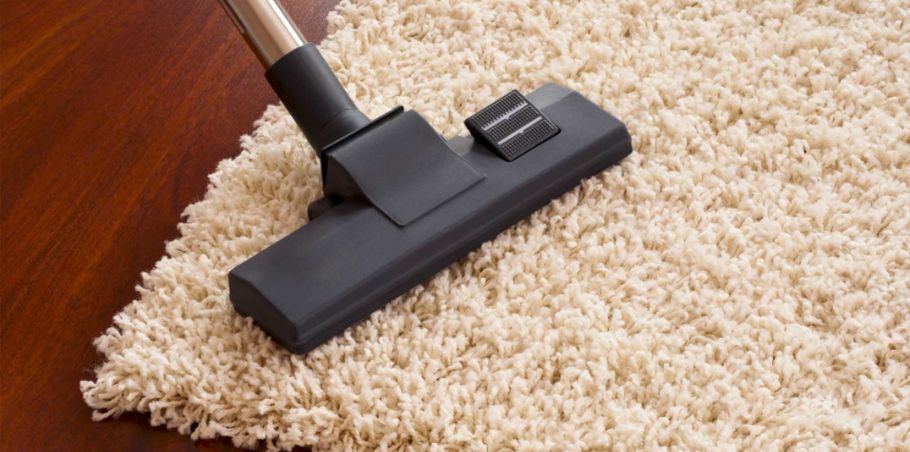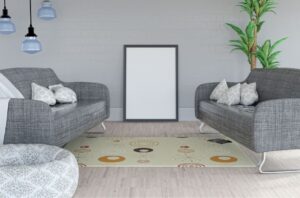Carpet power to keep mold out of carpet
Carpets add warmth and comfort to our homes, but they can also harbor unwanted guests mold. Mold in carpets isn’t just unsightly; it’s a health hazard. It can trigger allergies, exacerbate respiratory issues, and even lead to more severe health problems if left unchecked. Understanding the causes of mold growth and taking proactive measures to prevent it is essential for maintaining a healthy living environment.
Understanding Mold
Mold is a type of fungus that thrives in moist, humid environments. It reproduces by releasing tiny spores into the air, which can land on various surfaces, including carpets. Once these spores find a damp spot in your carpet, they can begin to grow and spread, creating patches of mold that are difficult to remove.
Causes of Mold Growth in Carpets
Mold growth in carpets is a common issue that can arise due to several factors, each of which creates an environment conducive to mold development. Understanding these causes is essential for preventing mold and maintaining a healthy home.
- Humidity and Moisture: One of the primary causes of mold in carpets is excess moisture. High humidity levels in your home can create the perfect environment for mold spores to settle and grow in your carpet fibers.
- Poor Ventilation: Rooms with poor ventilation tend to trap moisture, creating a breeding ground for mold. Carpets in basements, bathrooms, and other poorly ventilated areas are especially vulnerable.
- Spills and Accidents: Spilled liquids, if not cleaned up promptly, can seep into the carpet padding and lead to mold growth. This is particularly true for areas with high foot traffic, where spills are more common.
- Lack of Regular Cleaning: Neglecting regular carpet cleaning allows dirt, dust, and moisture to accumulate, creating ideal conditions for mold to thrive.
The Health Risks of Mold in Carpets
Mold in carpets can cause allergic reactions, including sneezing, runny nose, red eyes, and skin rashes. For people with mold allergies, exposure can be particularly troublesome. Inhaling mold spores can lead to respiratory issues such as wheezing, coughing, and shortness of breath. Long-term exposure can result in chronic respiratory conditions. For those with asthma, mold can be a significant trigger, leading to more frequent and severe asthma attacks.
Preventative Measures to Keep Mold Out of Carpets
Vacuuming your carpets regularly helps remove dirt and dust that can trap moisture and lead to mold growth. Use a vacuum with a HEPA filter to ensure you’re capturing mold spores and other allergens. Keeping indoor humidity levels below 60% is crucial in preventing mold growth. Dehumidifiers are effective in reducing moisture in the air, especially in humid climates or during rainy seasons. Ensure that rooms are well-ventilated by opening windows, using exhaust fans, and ensuring that air circulates freely. Proper ventilation helps to reduce humidity and prevent moisture buildup.
Immediate Cleaning of Spills
Clean up spills immediately to prevent moisture from seeping into the carpet padding. Blot the area with a clean cloth and use a fan or dehumidifier to dry the spot thoroughly. Scheduling professional carpet cleaning at least once a year can help keep your carpets free of mold. Professionals have the tools and expertise to deep clean carpets and remove any mold spores that may be present.
Carpet Materials and Mold Resistance
Synthetic fibers, such as nylon and polyester, are more resistant to mold compared to natural fibers like wool. These materials are less absorbent and dry faster, reducing the likelihood of mold growth. Opt for carpets made from mold-resistant materials. Some carpets are treated with antimicrobial agents that inhibit mold growth, making them a better choice for damp or humid areas.
Homemade Cleaning Solutions
Create your own cleaning solutions using common household items like vinegar and baking soda. These ingredients have natural antifungal properties that can help prevent mold. Sprinkle baking soda on your carpet, let it sit for a few hours, then vacuum it up. Follow up with a vinegar spray to kill any remaining mold spores and neutralize odors. Certain essential oils, like tea tree oil and lavender, have natural antifungal properties. Mix a few drops with water and spray it on your carpet to help prevent mold growth.
When to Seek Professional Help
If you notice a musty odor, visible mold patches, or experience allergic symptoms, it may be time to call in a professional. Mold infestations can spread quickly, and professional remediation may be necessary. Professional mold remediation involves thorough cleaning and the use of specialized equipment to remove mold from carpets and other surfaces. This may include the use of antifungal treatments and the replacement of heavily infested carpet areas.
Long term Carpet Maintenance
Establish a regular cleaning schedule to keep your carpets in top condition. Regular cleaning not only prevents mold but also extends the life of your carpets. In addition to routine cleaning, perform a deep cleaning of your carpets at least once a year. This helps remove any deep-seated dirt, dust, and mold spores that may have accumulated. Use humidifiers and air conditioners to maintain ideal indoor humidity levels, particularly during the summer months. This will help prevent excess moisture from settling into your carpets.
FAQs About Carpet power to keep mold out of carpet
How often should I clean my carpet to prevent mold?
It’s recommended to vacuum at least once a week and schedule professional carpet cleaning at least once a year to prevent mold.
Can I use a steam cleaner on my carpet if I’m worried about mold?
Yes, steam cleaning can help kill mold spores, but ensure the carpet dries thoroughly afterward to prevent moisture from being trapped.
What are the best ways to improve ventilation in a room?
Opening windows, using exhaust fans, and utilizing air purifiers can help improve ventilation and reduce humidity levels.
How can I tell if there’s mold in my carpet?
Signs of mold include a musty odor, visible dark spots on the carpet, and allergic reactions when spending time in the room.
Is mold-resistant carpet worth the investment?
Yes, mold-resistant carpets can be a wise investment, especially in humid areas or rooms prone to spills, as they help prevent mold growth.
Conclusion
Keeping mold out of your carpets requires a proactive approach. By understanding the causes of mold growth and taking steps to prevent it, you can protect your home and health. Regular cleaning, proper ventilation, and the use of mold-resistant materials are key to maintaining a mold-free environment. Remember, it’s easier to prevent mold than to deal with a full-blown infestation.
If you gained new insights from this article, explore our blog, Gimkit, for more enlightening content.
Share this content:














Post Comment